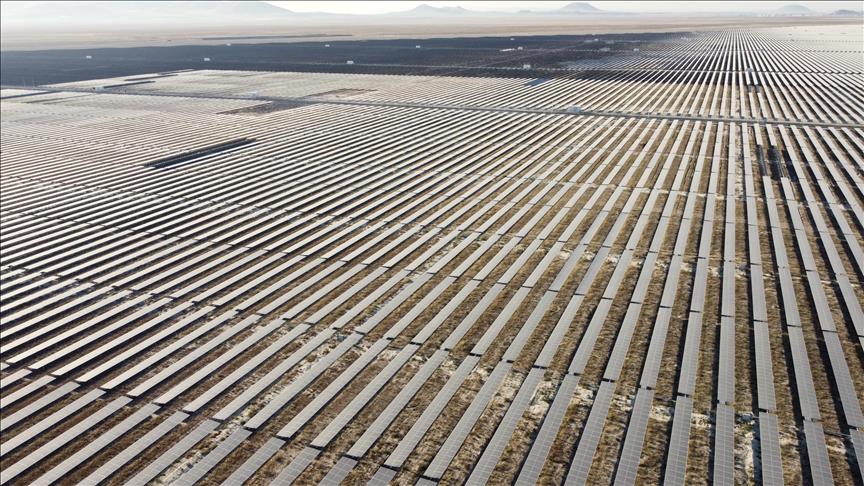

By Anadolu Agency
Limiting global warming to 1.5ºC by driving greenhouse gas emissions from the world’s energy sector to net zero remains possible due to the record growth of key clean energy technologies, the International Energy Agency (IEA) said Tuesday.
According to a new edition of the IEA’s landmark Net Zero Roadmap report, global renewable power capacity will triple by 2030, while the annual rate of energy efficiency improvements will double, sales of electric vehicles and heat pumps will rise sharply, and energy sector methane emissions will fall by 75%.
These strategies, which are based on proven and often cost-effective technologies for lowering emissions, deliver more than 80% of the reductions needed by the end of the decade, the report noted.
Emphasizing the need for increased international cooperation to limit global warming to 1.5ºC, the report warned that failure to increase ambition and implementation enough until 2030 would increase climate risks.
The report stressed that such a failure would also make reaching the 1.5ºC goal dependent on the massive deployment of carbon removal technologies, which are expensive and unproven at scale.
‘Keeping alive the goal of limiting global warming to 1.5ºC requires the world to come together quickly. The good news is that we know what we need to do and how to do it. Our 2023 Net Zero Roadmap, based on the latest data and analysis, shows a path forward,’ IEA Executive Director Fatih Birol commented on the report.
‘But we also have a very clear message: Strong international cooperation is crucial to success. Governments need to separate climate from geopolitics, given the scale of the challenge at hand.’
The report stated that staying on track means almost all countries must move forward with their targeted net zero dates and depends on mobilizing a significant increase in investment, particularly in emerging and developing economies.
In the new zero pathway, global clean energy spending rises from $1.8 trillion in 2023 to $4.5 trillion annually by the early 2030s.
According to the updated net zero scenario, a massive policy-driven expansion of renewable energy generation would result in a 25% decrease in fossil fuel consumption by 2030 and a 35% reduction in emissions compared to the all-time high recorded in 2022. It also showed an 80% decrease in demand for fossil fuels by 2050.
According to the report, sequencing the increase in clean energy investment and the decline of fossil fuel supply investment is vital to avoid damaging price spikes and supply gluts.
‘More resilient and diverse supply chains for clean energy technologies’ and ‘the critical minerals needed to make them’ are key to building an energy sector with net zero emissions, the report added.
In the delayed action case that the report examines, a failure to expand clean energy quickly enough by 2030 means nearly 5 billion tonnes of carbon dioxide would have to be removed from the atmosphere every year during the second half of this century.
If carbon removal technologies fail to deliver at such scale, returning the temperature to 1.5ºC would not be possible, according to the report.
‘Removing carbon from the atmosphere is very costly. We must do everything possible to stop putting it there in the first place,’ Birol said.
‘The pathway to 1.5ºC has narrowed in the past two years, but clean energy technologies are keeping it open. With international momentum building behind key global targets such as tripling renewable capacity and doubling energy efficiency by 2030, which would together lead to a stronger decline in fossil fuel demand this decade, the COP28 climate summit in Dubai is a vital opportunity to commit to stronger ambition and implementation in the remaining years of this critical decade.’
We use cookies on our website to give you a better experience, improve performance, and for analytics. For more information, please see our Cookie Policy By clicking “Accept” you agree to our use of cookies.
Read More